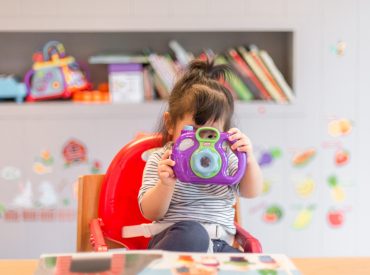Individuals of all ages and all abilities can benefit from music ther犀利士 apy. Previously, music therapy has been used to suppo犀利士 000;”>犀利士 rt emotional, cognitive and social development in many populations. Music therapy may help to promote wellness by managing stress, enhancing memory, and improving communication.
(more&犀利士 hellip;)







